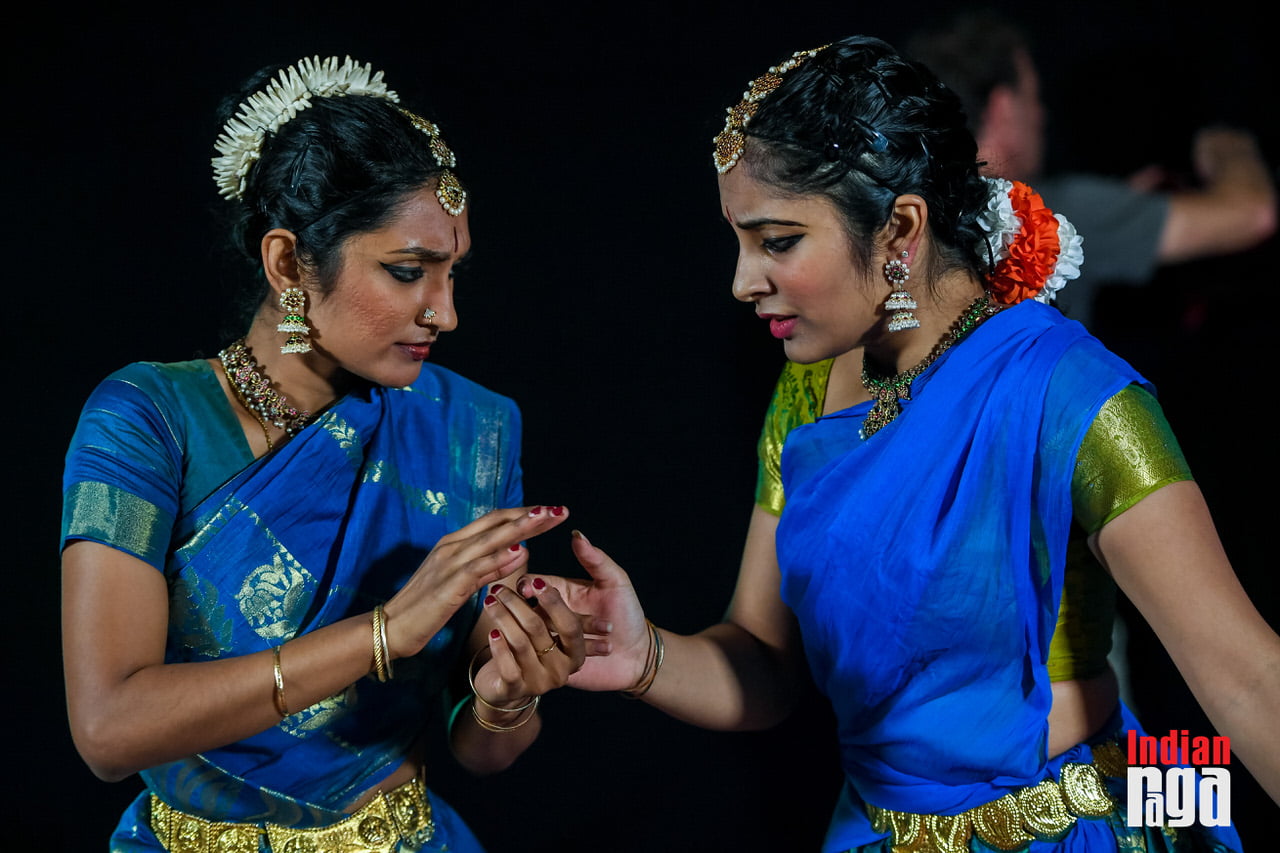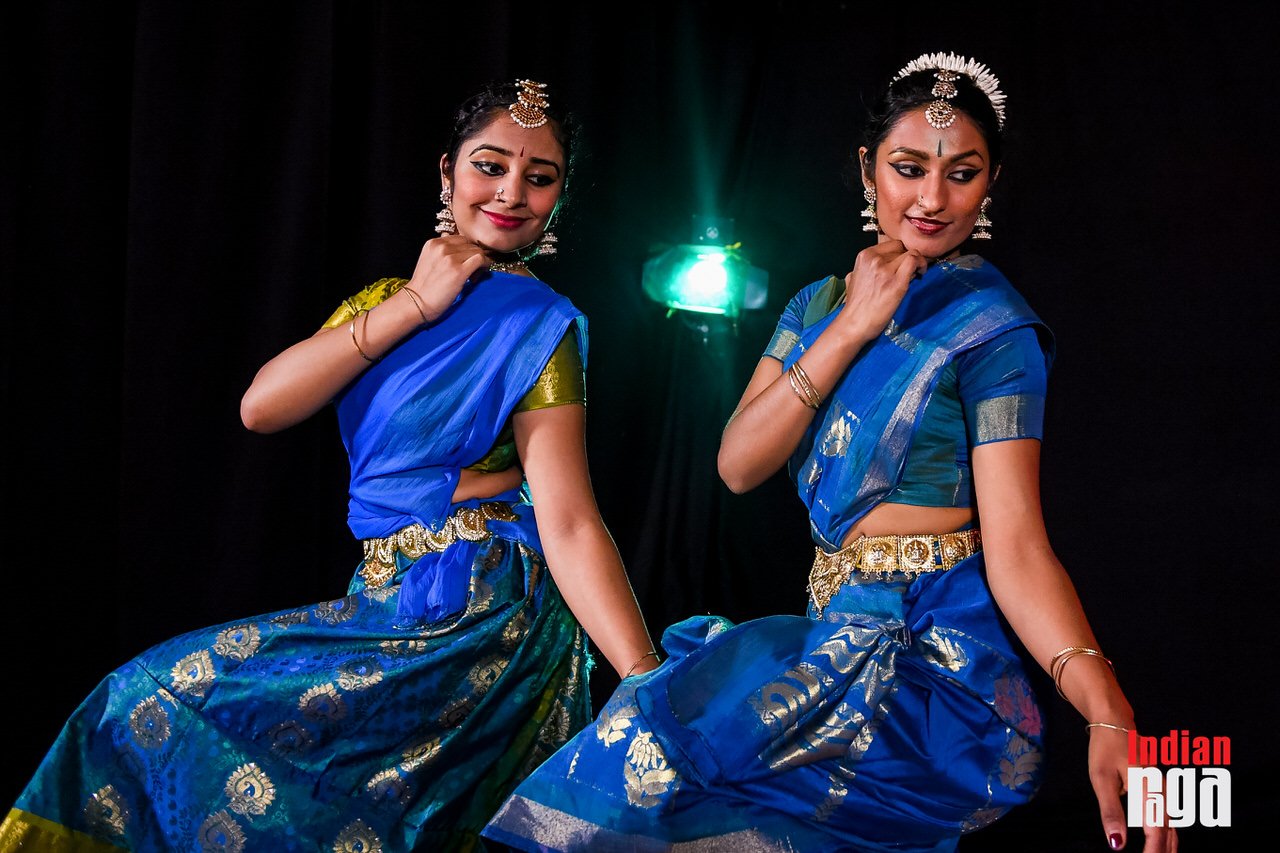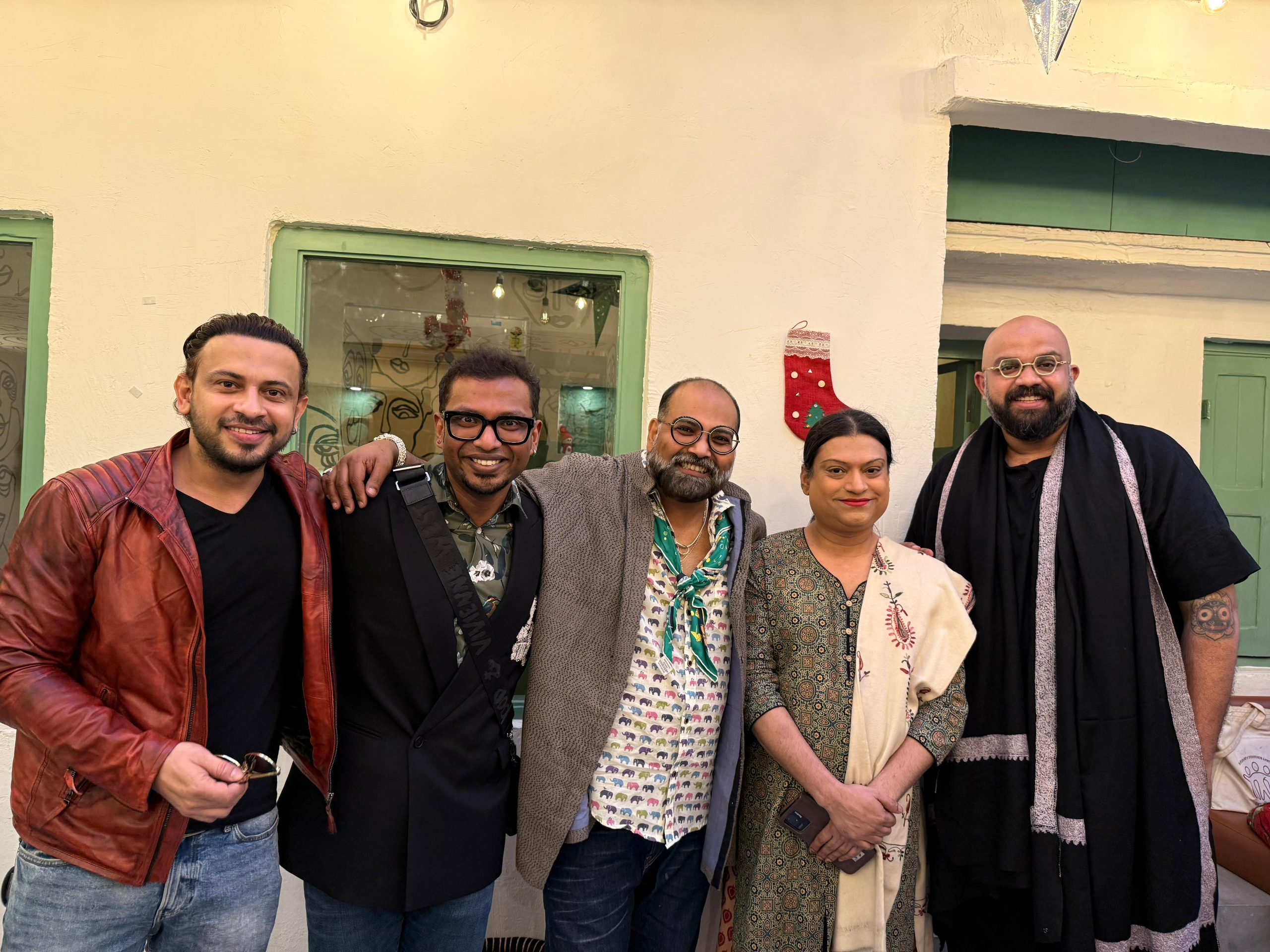In sharing of struggles, one cannot possibly overestimate the inspiring importance of storytelling. Revelations: Celebrating LGBTQ Stories Through Bharatanatyam is a video by IndianRaga, which beautifully depicts the story of a daughter coming out to her mother about her sexual orientation.
The dramatic Bharatanatyam choreography begins with the depiction of the mother-daughter bond and then slips into the mother, like most regular mothers, talking to her daughter of marrying to a nice man. The daughter refuses and is visibly disturbed while her mother goes on to coax her.
The mother goes on to ask her why she’s disturbed and in her indignance, the daughter sharply spills out how she doesn’t want a man. Her mother reacts with confusion and when the daughter further explains, a conflict arises between the two. Eventually, that is resolved with love and acceptance.
The two dancers who played the roles, as well as choreographed the piece, are Aarthy Sundar and Swathi Jaisankar. Both are trained Bharatanatyam dancers and have been fellows and then creative directors for the IndianRaga Dance Fellowship.
When it comes to the classical arts, it is not often that one sees LGBTQ stories being portrayed or performed often. “I knew I wanted to use this platform (IndianRaga) to present dance pieces that were relevant and raised important questions about social issues in the world today.
‘Coming Out’ is a unique experience that everyone in this community (LGBTQ) goes through, so we structured the piece around one such experience in the context of a mother and daughter, to show the emotions and reactions of both generations. The revelation is the first step in peeling back the layers of our identity, in that moment of honesty from both parties.

In this case, the daughter reveals her sexual orientation, and the mother reveals her inability to accept that truth. And at the end of the piece, the ultimate revelation is the love that brings them back together-that they are able to get past their differences and finally see eye-to-eye because they love each other,” Aarthy explains.
Further Swathi talks about how the duo wanted to make their respective portrayals as accurate as possible, without hurting anyone. “In order to do this, we researched and read many coming out stories. We talked to some friends in the LGBTQ community as well, to come up with the storyline for the production and to try and bring out the correct emotions and feelings in the dance. I feel like our dance not only relates to those in the LGBTQ community but also to many mothers and daughters,” says Swathi.
When it comes to the classical arts, it is not often that one sees LGBTQ stories being portrayed or performed often.
There is this common notion of Bharatanatyam (or rather most classical art forms), that most of their renditions have patriarchal undertones. Bharatanatyam’s close links with religious texts may be detrimental in giving off that impression.
However, both Aarthy and Swathi explain how at its core, it is a medium of expression, a tool for storytelling. They say it is a beautiful and versatile art form and the patriarchal undertones come from the subject matter chosen by most artists, not the art form itself. They go on to talk about art as a powerful means of communication that goes places and breaks barriers, where other things can’t.
“We think it can absolutely be a means of liberation for those struggling with their sexuality if they choose to express themselves in this way. Art forms are a means of expression, a way to project your voice and put it on a stage for others to see and hear so that maybe they will start to listen,” they say, as poetically as they perform. Here’s to more storytelling, and more people listening!
Also Read: Tribute To Begum Akhtar: The Queen Of Catastrophe
Image Credits: Indian Raga
About the author(s)
Siddhi is a women-centred social work student and ex-journalist, who actively enjoys moping and whining.




